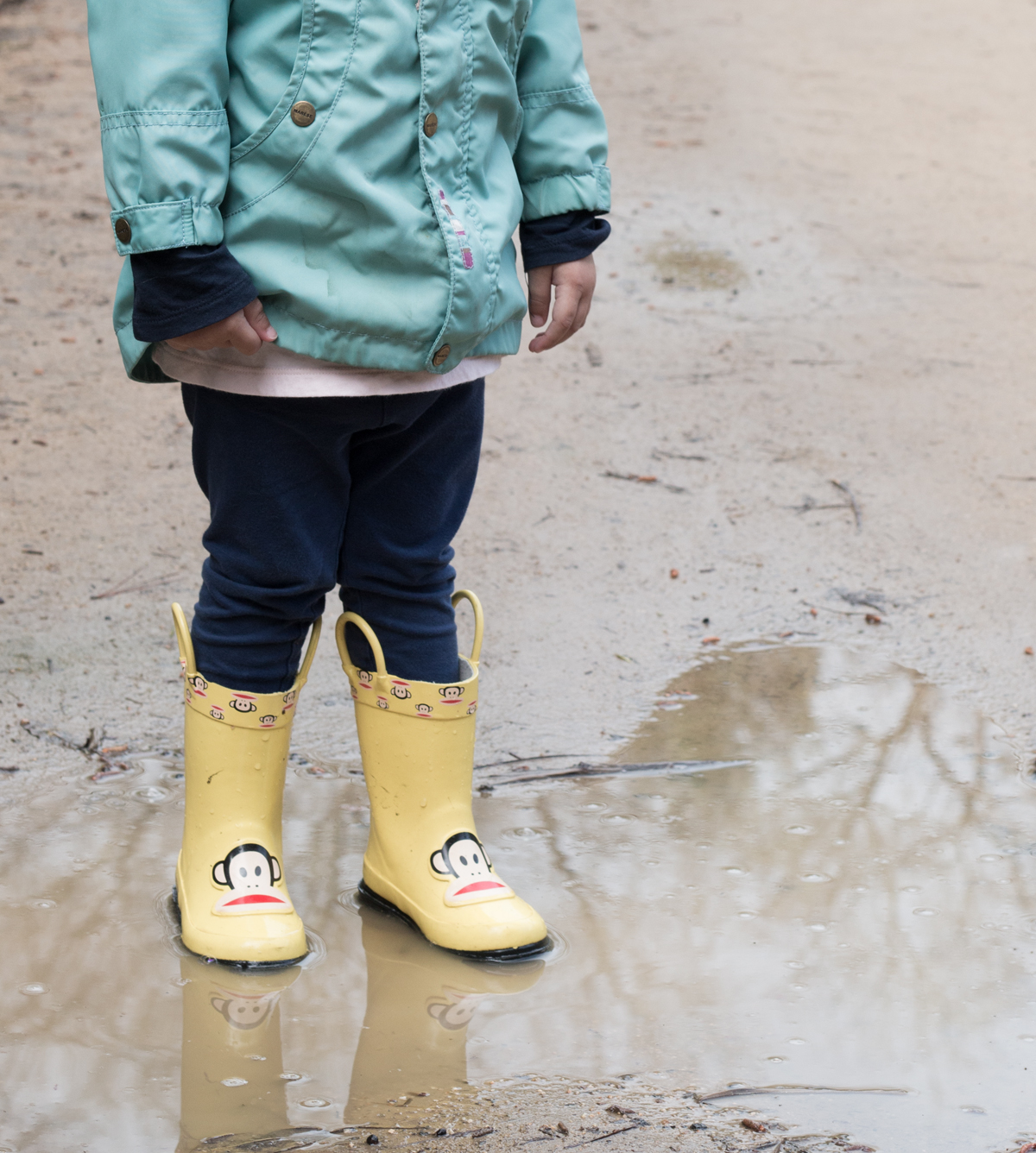As someone who’s read aaaalll the parenting books, I thought I had this one area down: not treating my daughter differently because she’s a girl and not a boy. She has as many dolls as she has trucks. We play trains and dance ballet. Very early on, I realized I was about to tell her not to get her dress dirty one day and stopped myself short. I had to teach myself to stay mum on things like dirt and mud.
Ever since having a kid, I’ve been fascinated with the way gender norms and constructs are invisibly taught. It seems very common among our friends to attempt to raise infants in a gender-free environment, but many (most? all?) parents eventually say despite their efforts, “she’s still all girl!” I wonder how much of this is actually an innate gender divide, or whether we as parents urge and move kids towards modern ideas of gender conformity without realizing it. As though the gender constructs are so deeply ingrained that we don’t even notice ourselves reinforcing them, at the same time that we’re actively trying to avoid doing just that.
Then this weekend’s New York Times Sunday Edition had an essay on telling our daughters to “be careful.” It was written by Caroline Paul, an ex-college athlete turned San Francisco firefighter. In her essay, she discusses a study published in The Journal of Pediatric Psychiatry that found “parents are four times more likely to tell girls than boys to be more careful after mishaps that aren’t life-threatening but do entail a trip to the emergency room.”
Totally busted.
I must tell Bean to be more careful fifty times a day, obviously before she even has a chance to get hurt. We’ve never been to the ER. But, yeah, I can already hear my terrified mom-speech about having to be more careful. (Like, there are parents who WOULDN’T say this to their kid in the ER? Who are these otherworldly, incredibly chill go-with-the-flow parents?)
Ms. Paul cites another study that watched parents interact with their toddlers at a playground fire pole. Verbally, sons received more instructions and directives on how to go down the fire pole than daughters. Physically, sons were more pressured to complete the task without assistance; girls were more likely to get physically helped spontaneously by a parent. The researchers didn’t find any differences whether the guiding parent was male or female.
I think (thought?) I had systematically applied all my parenting-book-learnin’ to the playground and knew to let her explore without hovering. But, when she asks for help or if she gets stuck or scared? I do try to teach her how to do something by telling her where to put feet/hands, but I’m just as sure that if she’s genuinely scared, I’ll physically help her out rather than urge her to keep going.
And, outside of the safe perimeter of a playground, my (genderist?) instincts must take over and I’m constantly warning her. She walks in a bubble of oblivion, it only makes sense to warn her there’s a tree or parking meter coming up on her port side.
Without a son, it’s tough to say whether I’d treat them the same. I’d like to tell myself I’d be the same overly-anxious mom with a son, but the research points emphatically in the opposite direction.
Does any of this resonate with you and either how you were brought up or how you’re trying to raise your own kids? Do you also find yourself telling your daughter to “be careful” waaaay too frequently?







